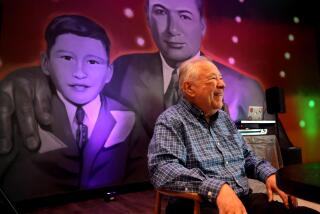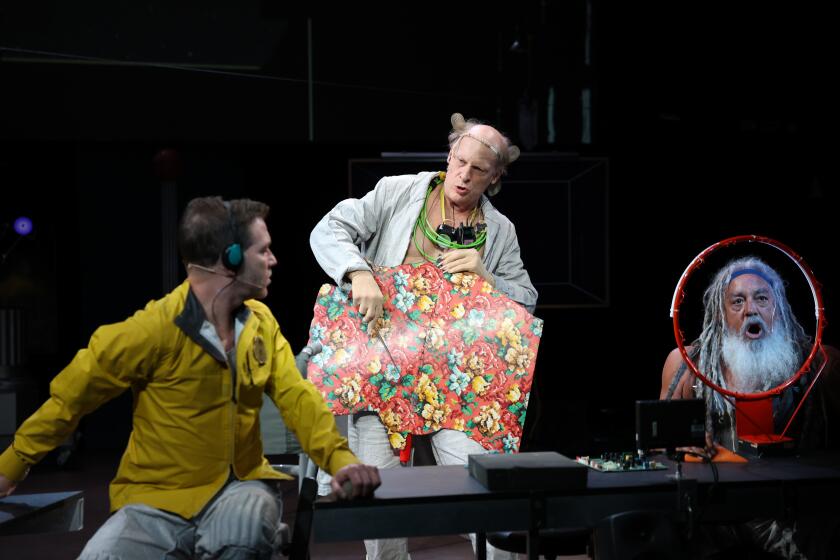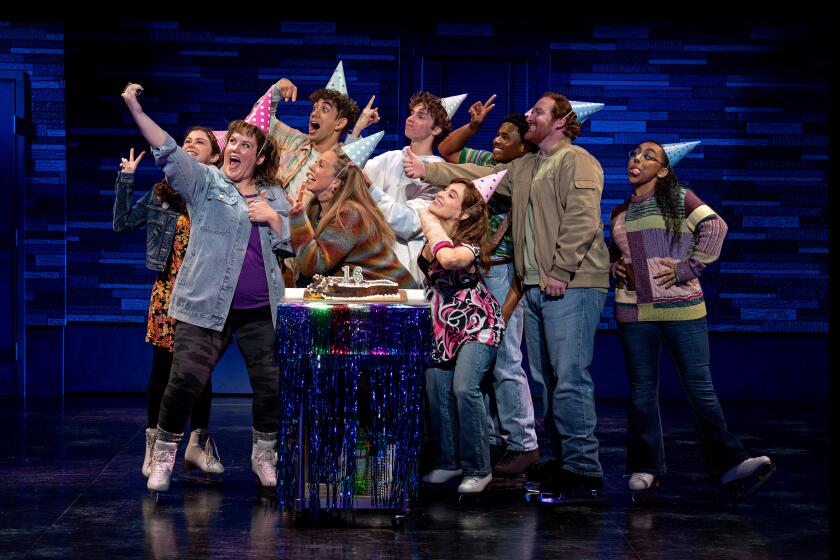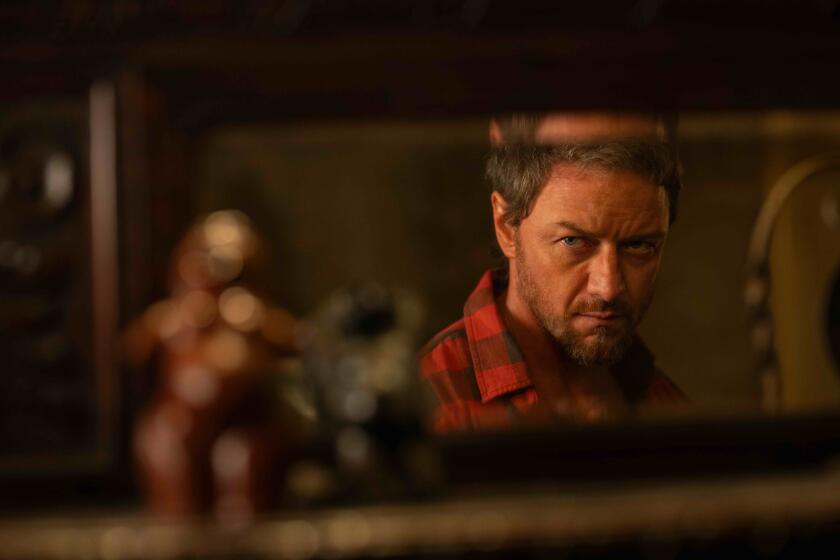Curtain Threatens to Fall on Historic Movie Theater
I have nothing against religion, but I got a sinking feeling when I noticed La Iglesia Universal’s message on Broadway the other morning: It said: “Jesucristo es el Senor.” Normally, I welcome proclamations affirming Jesus Christ as the Lord.
But this sign was on the marquee on the Million Dollar Theater, and that’s what bothered me.
The church set up shop in the movie house last week after the Million Dollar’s management decided it was losing too much money showing movies. The church’s presence in the place where Javier Solis sang and Cantinflas made audiences laugh means that the Million Dollar’s days as the city’s premier Spanish-language entertainment and movie house are probably over.
That would be a sad day for L.A.
Built by legendary filmmaker Sid Grauman, the Million Dollar attracted the biggest names in Hollywood during the pre-Depression years. Charlie Chaplin, Mary Pickford and Lillian Gish were among the stars who attended the theater’s Feb. 1, 1918, opening night premiere of the Mack Sennett comedy, “The Silent Man.”
The shows and films made the regally decorated Million Dollar a delight to visit. Known for its mix of Spanish and Baroque architecture, it seemed only natural for the theater’s building at Broadway and 3rd Street to be listed in the National Register of Historic Places.
But many Latinos think the theater didn’t reach its zenith until 1950, when impresario Frank Fouce started booking Spanish-language films and stage shows featuring Mexico’s biggest stars. Over the years, a who’s who of Mexican entertainers appeared there: Jose Alfredo Jimenez, Manuel Lopez Ochoa, Maria Felix, Trio Los Panchos, Las Hermanas Huerta, Vicente Fernandez, Lola Beltran and Solis.
Long lines were commonplace. At the opening of one Cantinflas film, Grandma and I stood for more than an hour waiting to get inside. She was right about one thing: Mario Moreno’s baggy-pants routine as Cantinflas was much funnier than Charlie Chaplin’s.
Old-timers still recall the tumultuous days in late 1954 after screen idol Jorge Negrete died in L.A. as he prepared for a weeklong engagement at the Million Dollar. Known for his baritone voice and dashing film roles, Negrete died of cirrhosis of the liver and hepatitis after six days in a coma.
His death created a sensation here, prompting hundreds of disbelieving fans to show up at the Million Dollar and the Cedars of Lebanon Hospital--now known as Cedars-Sinai Medical Center--hoping that news of his death wasn’t true.
It took several days for the president of Mexico, Adolfo Ruiz Cortines, to find the proper airplane to bring Negrete’s body home. Maria Felix, the tempestuous actress who was almost as famous as husband Negrete, rejected the president’s personal DC-3 as “unsuitable.” A larger four-engine American Airlines DC-6 airliner was eventually chartered.
“That woman!” more than one Negrete fan screamed.
The decline began in the 1980s as L.A.’s Latino demographics changed.
Bruce Corwin, president of the Metropolitan theater chain that operates the Million Dollar, said assimilated Mexican and Chicano families grew accustomed to English-language entertainment. Many of them moved away from the inner city to suburban neighborhoods, making it less convenient to come downtown.
The Salvadorans, Nicaraguans and others who came in their place found little in common with the Million Dollar’s fare of Mexican-oriented entertainment.
At the same time, the Mexican film industry deteriorated, putting out forgettable movies with horrible plots and mediocre singers. “The Mexican film industry of 35 years ago is superior to what it is today,” Corwin said.
Add to that the triple whammy of crime, homelessness and public uneasiness over last year’s riots, and they spelled doom for the Million Dollar. Metropolitan’s theaters on Broadway, including the Million Dollar, lost at least $500,000 in ’92.
So, when a Brazilian preacher offered a steady source of income, Corwin agreed to a two-year lease for La Iglesia Universal.
Corwin says the lease is a short-term arrangement, believing that the Million Dollar, with luck, can regain its glory as a live stage and movie house.
I’d like to think he’s right. But something--that bad feeling that came over me when I saw the church sign--tells me not to be hopeful. Maybe it’s watching the nearby construction of the $221-million Walt Disney Concert Hall, knowing that its glory days are yet to come.
And fearing that Sid Grauman’s theater won’t get its glory back.
More to Read
Only good movies
Get the Indie Focus newsletter, Mark Olsen's weekly guide to the world of cinema.
You may occasionally receive promotional content from the Los Angeles Times.









